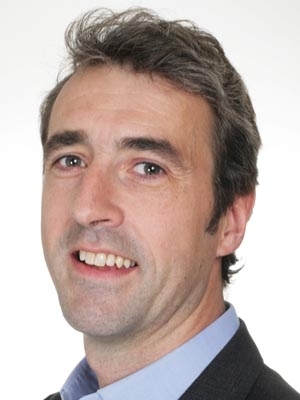(THIS ARTICLE IS MACHINE TRANSLATED by Google from Norwegian)
[normality] Norway is about to be divided into two. Those who are inside – and those who are outside. Those who are inside have a job, go to school, participate in volunteer work in the housing association, have children in the sports club, vote and do everything that is considered "normal". And that's most people. Most people have never felt better – and need nothing.
But not all. And there are those who are outside. We do not have adequate figures on how many people fall outside society. What we do know is that almost one million of us are out of work for one reason or another. Some are sick – and disabled – and can not work. Many thousands of children live primarily on social benefits. We know that a large part of Norway's population – whether it is five or eight percent, depending on the definition – lives below the poverty line.
These people have food. They have clothes. But that's also all they have. The children can not join the sports club. Or at camp school. They are outside. The parents are not very interested in politics. They do not have time for that. They pick up the children late at the kindergarten, and deliver too early. From a low income job. Always worried about whether the ducks will meet this month. Forget everything you read about quality time. This is about survival. From month to month. Week to week. This is not a unified class – that can stand together and challenge power as it was in the 1930s. This is a group that is scattered – and different – and that does not participate in democracy as we know it. It is thus a threat to democracy that almost a quarter of us do not participate, nor are we an "important" group. They are sacrificed at every election. We're talking about "them." And we'll do something about it. Kristin Halvorsen promised to eradicate the problem. But nothing happens.
Who are all these people – and what has happened? We know some of them well. Drug addicts. Drug addicts. Who do not get the treatment they are entitled to because we do not acknowledge that we have drug addiction, which is a lifestyle disease in line with alcoholism and diabetes. Who is sentenced to a life in search of the next fix, paid for through simple thefts or begging or by selling his body – and soul – his.
Some are disabled. And need to work their way up – and maybe back – if possible. But often it is not possible. Some are disabled – or on long-term sick leave after a short-term – but eventually long-term bang. Because we do not accept that sometimes life is difficult. And then we have to report sick. For normalities such as illness, grief and other things are sick. Is not it? And as we get sick, we get sicker and sicker. And part of the statistics.
Some are immigrants. Or – when do you stop walking? They are so-called 2nd or 3rd generation immigrants. What does it mean? They are Norwegian. But some have darker skin than the rest of us. Some have a sociolect – kebab Norwegian – which is quite new. But Norwegians – like me – and all other Norwegian citizens are them. But often overrepresented on the statistics: poverty statistics, unemployment statistics, some crime statistics. But they are not part of an immigration or integration problem. They are part of a social problem. They are part of the exclusion.
And that is the exclusion we must fight. Through inclusion. Inclusion of all children and young people who cannot participate in the welfare society as we know it. Acceptance of the normal: grief, wear and tear and illness. Recognition that we have Norwegians who are darker than we – even now – are used to. Cultivation of what is different – because it is the only thing that is normal.


